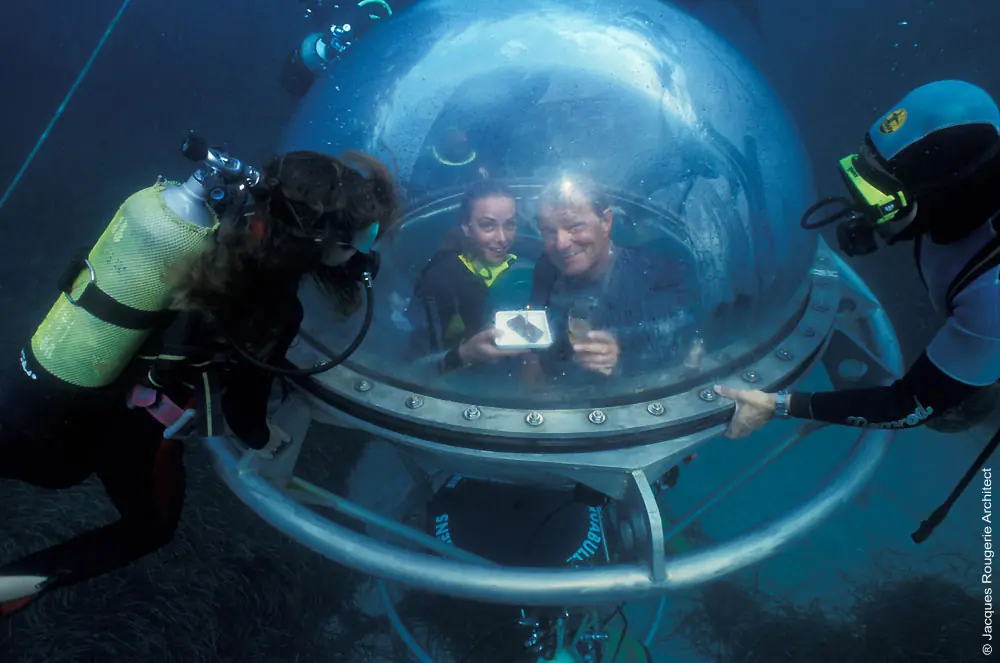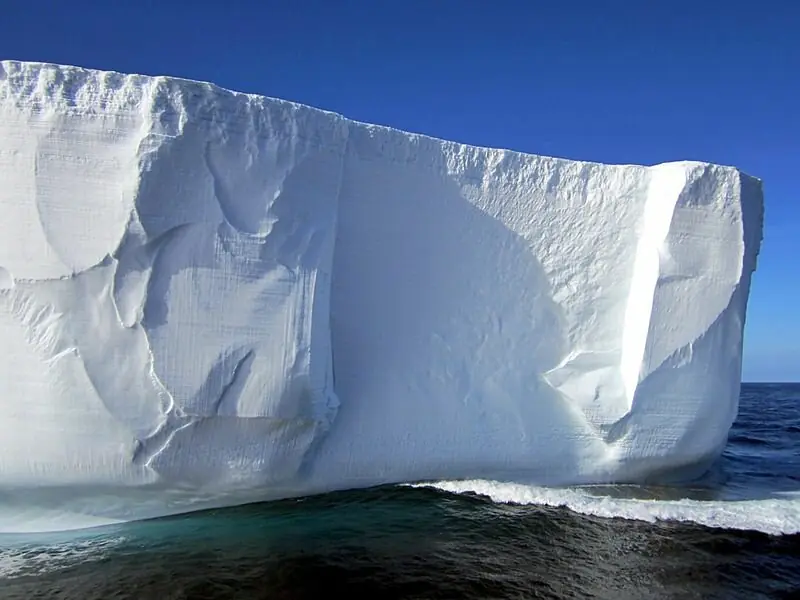
Ocean Currents Could Generate 2.5x More Power Than Wind Farms, Study Finds
Ocean Currents Could Generate 2.5x More Power Than Wind Farms, Study Finds

A groundbreaking study from Florida Atlantic University (FAU) has revealed that ocean currents off Florida's east coast could become a game-changer in the race for renewable energy. According to the research, these currents can generate up to 2,500 watts of power per square meter—2.5 times more than traditional wind farms.
New Renewable Energy Source: The Power of Ocean Currents
As global efforts to reduce dependence on fossil fuels accelerate, the demand for sustainable and consistent clean energy sources is growing. While solar and wind energy have seen massive growth in recent years, they suffer from a major drawback—intermittency. When the wind doesn’t blow or the sun doesn’t shine, power production drops.
In contrast, ocean currents provide a nearly constant flow of energy, offering a reliable and untapped source of renewable power.
Florida Identified as a High-Potential Zone for Ocean Energy
Using over 30 years of ocean current data, FAU researchers have identified optimal locations for ocean energy harvesting along Florida’s eastern coastline. These findings are crucial for guiding future deployment of ocean energy systems in areas with the highest energy yield potential.
Key finding: The Florida Current, part of the Gulf Stream, offers the potential to produce over 2,500 watts per square meter—an energy density significantly greater than most wind energy sites.
Why Ocean Currents Are a Reliable Energy Source
Unlike solar or wind power, ocean currents are not subject to daily or seasonal fluctuations. This consistency makes them highly attractive for:
-
Grid stability
-
Base-load energy supply
-
Long-term energy planning
In addition, marine current turbines operate below the water surface, making them less visually intrusive and less land-intensive than wind or solar farms.
Innovative Technologies Targeting Ocean Energy
To capture this abundant resource, researchers and engineers are developing next-generation underwater turbines and other marine energy technologies. But success depends heavily on location—placing energy harvesters in the most productive ocean current zones is key to cost-effectiveness and efficiency.
The FAU study helps fill a major knowledge gap by providing the data and analysis needed to make smart, data-driven decisions about where to deploy ocean energy systems for maximum output.
Conclusion: Ocean Energy Could Be the Future of Clean Power
As we transition toward a carbon-neutral future, ocean current energy emerges as a powerful and reliable clean energy source. With research like FAU’s paving the way, we are now closer than ever to harnessing the ocean’s power to meet the world’s growing energy needs—sustainably and efficiently.
News in the same category


Inside Super-Kamiokande: The Japanese Neutrino Detector Unlocking the Secrets of the Universe

China’s Futuristic Ocean Lab Dubbed ‘Underwater Space Station’ Could Be Ready By 2030

Scientists Shock World By Turning Lead Into Gold — But There’s A Catch

The Real Reason Empire State Building Was Built Using Bricks From A Tiny British Town

James Webb Telescope Uncovers Shocking Update on $10 Quintillion Asteroid Psyche

RFK Jr. Raises Concerns About 5G Health Risks: Brain Function, EMR, and Cancer Link

People Stunned After Learning The True Meaning Behind ‘SOS’ — It’s Not What You Think

Scientists Reach Bottom Of The Red Sea — What They Found Left Them ‘Shaken’

Taste The Toxin? Shocking Lawsuit Targets Skittles Over Alleged Toxic Ingredient

Antarctica Ice Sheet Grows for First Time in 30 Years, Surprising Scientists

‘Japanese Baba Vanga’ Predicts Mega-Tsunami in July 2025 — Warns of a ‘Boiling Sea’ South of Japan

300,000 Americans On Edge As Massive 11,000ft Volcano Shows Signs Of Imminent Eruption

Wildlife Photographer Captures Alligator With No Bite – Internet Baffled How It’s Still Alive

Scientists Stunned By 3.5 Billion-Year-Old Crater Holding Earth’s Earliest Secrets

Massive 100-Mile-Long Lake Mysteriously Reappears 130 Years After Vanishing

Persistence Hunting: How the San People of the Kalahari Master the Art of Endurance

Halley’s Comet Is Back, But This Time, It’s Raining Fire

Greece Rocked By Massive Earthquake As Tsunami Warning Sparks Panic
News Post

The Overview Effect: What Astronauts Realize After Seeing Earth from Space

5 Fruits Listed in the ‘Black Book’ That May Promote Cancer Cell Growth: Avoid Them No Matter How Cheap They Are

25-year-old woman explains condition that makes her ‘look like an 8-year-old’

When There's a Blood Clot in the Body, It May Send You 4 Warning Signals You Shouldn't Ignore

Inside Super-Kamiokande: The Japanese Neutrino Detector Unlocking the Secrets of the Universe

Inside The 36-hour Fast: How Your Body Transforms Hour By Hour In Viral New Simulation

9 Natural Ways to Remove Plaque & Tartar Buildup

The Incredible Benefits of Dates: A Nutrient-Packed Superfood

Rude Parents Demanded I Not Eat on the Plane Because Their Spoiled Kid 'Might Throw a Tantrum' – I Taught Them a Lesson Instead

Woman Sees Her Husband Enter Motel with Girl and Come Out an Hour Later Shabby

My MIL Sabotaged My Daughter's Dress Before a School Pageant because She Wasn't Her Bio Grandkid

My FIL Insisted I Go On a Spa Weekend He Paid For – Halfway There, My Neighbor Called Screaming, 'It Was All Their Plan! Go Back Now!'

My Stepmother Kicked Me Out Two Days After My Father Died – The Next Morning, a Bunch of SUVs Showed up in Front of Her House

China’s Futuristic Ocean Lab Dubbed ‘Underwater Space Station’ Could Be Ready By 2030

Eating Too Fast? Here’s Why Slowing Down Can Improve Digestion and Reduce Bloating

Scientists Shock World By Turning Lead Into Gold — But There’s A Catch

Why Letting a Baby “Cry It Out” May Be Harmful: What Science Says

Rh-Null Blood: The World’s Rarest Blood Type, Also Known as "Golden Blood"
